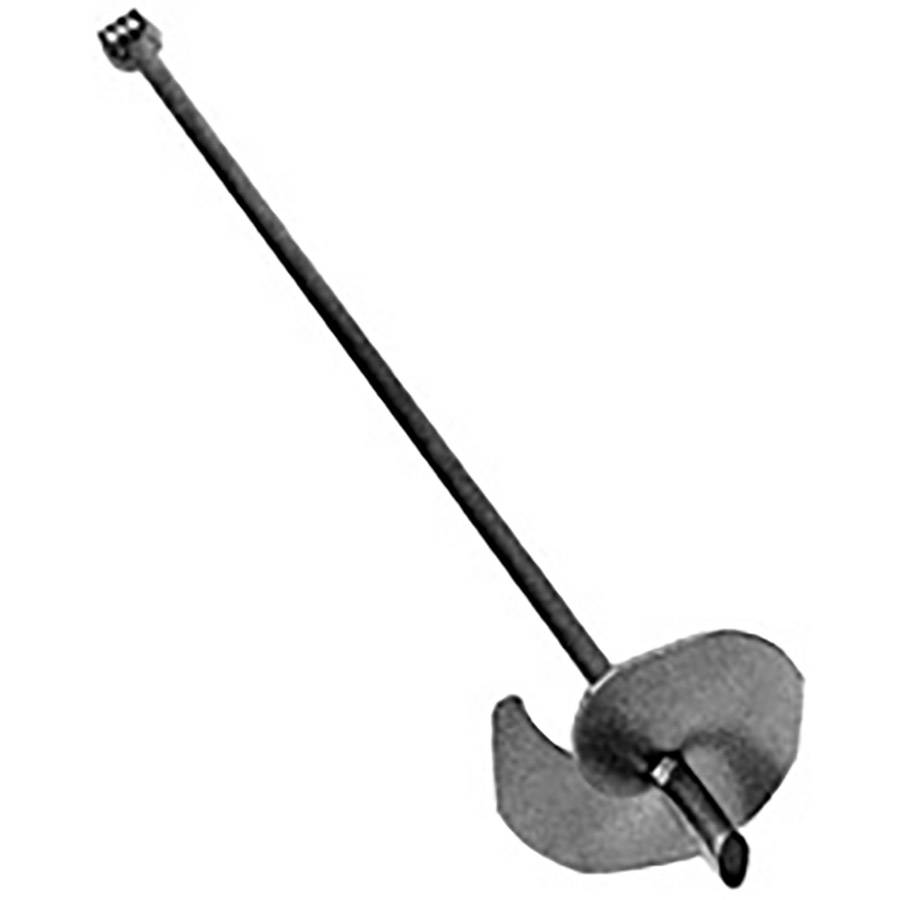
South America is focusing on sustainable waste management practices and innovative technologies to harness energy from waste. The waste management industry is undergoing a dynamic transformation driven by several factors. These include urbanization, environmental concerns, and advancements in waste treatment technologies. Most South American countries face challenges such as waste disposal, recycling, and landfill management. To address these challenges, the region is embracing innovative solutions to create a sustainable future. Waste management includes activities such as waste collection, disposal, recycling, and waste-to-energy technologies. Countries like Brazil, Colombia, and Chile are embracing waste organizations that promote recycling and EPR programs. With increasing investments, stronger policies, and growing public awareness, the future of waste management in South America looks bright. A no-wrench screw anchor serves in the infrastructure supporting waste management technologies.
A no-wrench screw anchor secures various components of power line infrastructure. It supports components such as insulators and conductors. This helps to ensure the reliability and efficiency of power transmission. This is crucial for the operation of waste to energy plants. A no-wrench screw anchor simplifies the installation and maintenance of power line components. This helps to reduce labor costs and downtime. No wrench screw anchor supports the infrastructure that enables the efficient and sustainable operation of the waste management systems. This article looks at the technologies used to manage waste to ensure sustainability in South America. It also highlights the use of a no-wrench screw anchor on the infrastructure, shedding light on their role in shaping the region’s sustainability.
Technologies and innovations are supporting waste management for energy sustainability in South America.
There are several cutting-edge technologies being adopted to ensure energy sustainability. The solutions focus on transforming waste into energy, improving waste processing efficiency, and fostering circular economies. By embracing the technologies, South America can transform its waste management challenges into opportunities for energy sustainability. At TTF Power, we are a one-stop-shop for utility pole hardware fittings, transmission line accessories and power line construction equipment. We provide our customers with the most extensive range of products in the industry, excellent value and knowledgeable service. It can also help in reducing reliance on fossil fuels and fostering a greener, more resilient future. The following are the key technologies and innovations driving progress in the region.

- Waste-to-energy technologies – these technologies convert non-recyclable waste into usable energy. This includes electricity, heat, and biofuels. Common technologies include incineration with energy recovery, anaerobic digestion, and landfill gas recovery systems.
- Recycling and upcycling innovations – recycling reduces waste while saving energy required for manufacturing. They include advanced sorting technologies and plastic-to-fuel conversion.
- Composting and organic waste solutions – composting reduces organic waste sent to landfills. It also produces energy-saving alternatives to chemical fertilizers.
- Renewable energy integration—this includes solar-powered waste processing and hybrid renewable systems. They ease-powered solar panels to reduce carbon footprints in countries like Chile and Brazil.
- Innovations in extended producer responsibility (EPR): EPR policies incentivize manufacturers to design recyclable products and manage end-of-life disposal.
- Smart waste management technologies—digital solutions enhance the efficiency and sustainability of waste management. IoT-enabled smart bins equipped with sensors optimize waste collection routes.
Functions of a no-wrench screw anchor in waste management technologies
A no-wrench screw anchor plays a crucial role in waste management technologies and infrastructure in ensuring sustainability. The anchors are easy to install without the need for specialized equipment to provide a stable foundation. No wrench screw anchors stabilize modular recycling hubs in informal settlements. This is to enable more effective sorting and collection. For instance, in Brazil, the anchors secure gas capture systems and piping to ensure safe and efficient methane extraction. Discussed below are the functions of the no-wrench screw anchor in waste management infrastructure.

- Securing waste containers and bins—no wrench screw anchors prevent the displacement of large waste containers and bins in areas prone to high winds. This ensures orderly waste collection systems in urban and rural environments.
- Supporting temporary and permanent structures – the anchors provide stable foundations for temporary sorting stations, recycling centers, and composting units.
- Foundation for renewable energy units – no wrench screw anchors serve as bases for small-scale renewable energy systems. These include solar panels and biogas digesters. They help power local waste processing facilities sustainably and reduce reliance on non-renewable energy sources.
- Erosion control – the anchors support waste storage areas, which aid in erosion control and site stabilization.
- Stabilizing landfill infrastructure—no wrench screw anchor secures fencing, signage, and protective barriers around landfills. This reduces the unauthorized dumping and ensures public safety.
